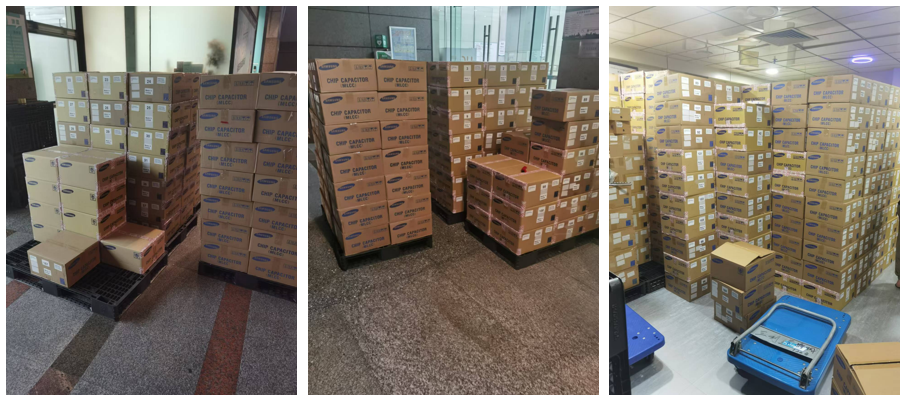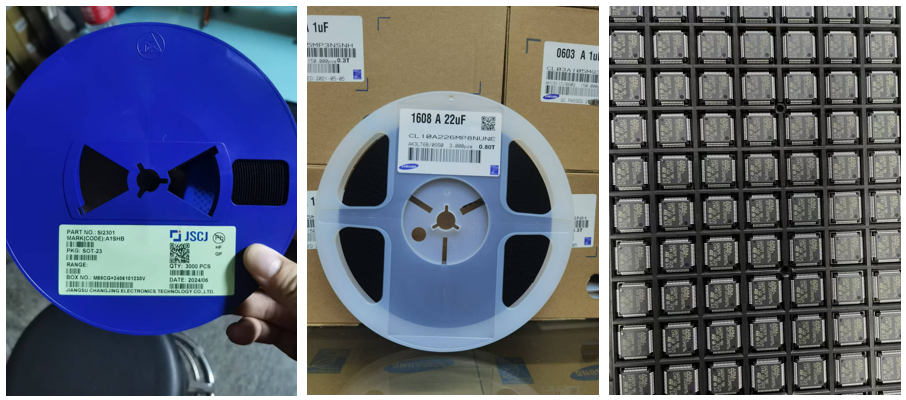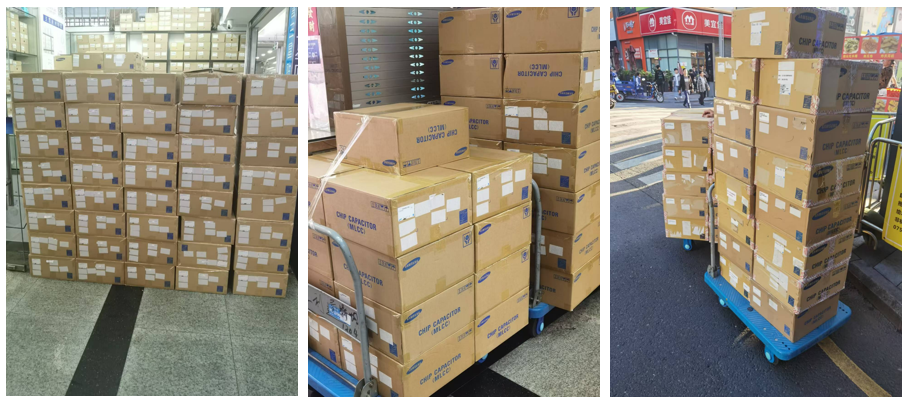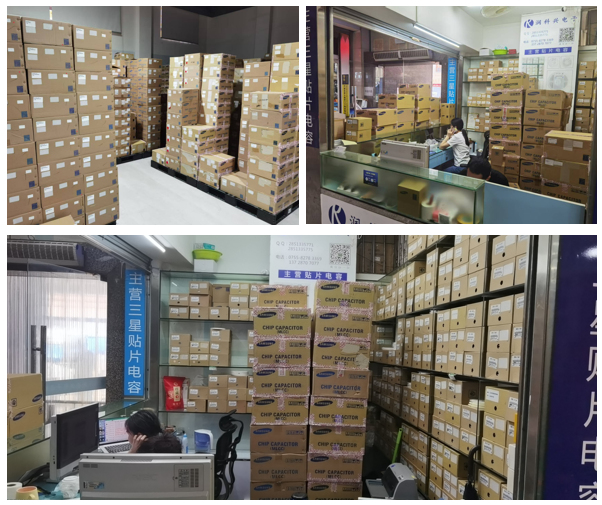



Quantity
Price
Total price
1
$0.7140
$0.7140
10
$0.6300
$6.3000
25
$0.5880
$14.7000
100
$0.4830
$48.3000
250
$0.4515
$112.8750
500
$0.3780
$189.0000
1000
$0.3045
$304.5000
3000
$0.2730
$819.0000
6000
$0.2625
$1,575.0000
15000
$0.2520
$3,780.0000
30000
$0.2415
$7,245.0000
| TYPE | DESCRIPTION |
| Mfr | Zetex Semiconductors (Diodes Inc.) |
| Series | - |
| Package | Tape & Reel (TR) |
| Product Status | ACTIVE |
| Package / Case | 6-TSSOP, SC-88, SOT-363 |
| Sensing Method | High/Low-Side |
| Mounting Type | Surface Mount |
| Function | Current Monitor |
| Voltage - Input | 2.7V ~ 26V |
| Accuracy | ±0.8% |
| Operating Temperature | -40°C ~ 125°C (TA) |
| Supplier Device Package | SOT-363 |
| Grade | Automotive |
| Qualification | AEC-Q100 |












